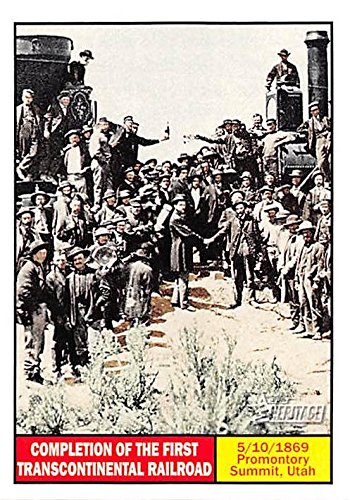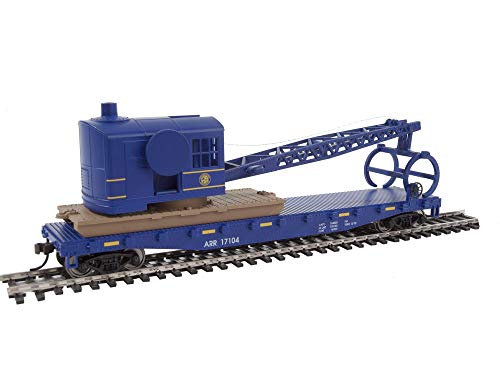Here's a look at departures from St. Paul to Chicago in October 1944, showing only trains with First Class service on all or part of the trip (sleepers or parlor cars). It gives an idea of the potential travel between those cities.
0815 -- C&NW 508 -- The Viking
0825 -- CB&Q 22 -- The Morning Twin Zephyr
0830 -- MILW 6 -- The Morning Hiawatha
0900 -- MILW 118-18 The Minnesota Marquette
1145 -- MILW 58
1300 -- MILW 100 -- The Afternoon Hiawatha
1445 -- C&NW 400 - Twin Cities "400"
1630 -- CB&Q 24 -- The Afternoon Twin Zephyr
1730 -- RI 561-62-20-6
1835 -- SOO 6-18
1935 -- MILW 122-22 -- The Sioux
2005 -- C&NW 514 -- The Victory
2045 -- CGW 2 -- The Minnesotan
2120 -- MILW 56 -- The Fast Mail
2220 -- CB&Q 48 -- The Black Hawk
2255 -- CB&Q 44 -- The Empire Builder
2300 -- CB&Q 50 -- The North Coast Limited
2320 -- C&NW 406 -- North Western Limited
2330 -- MILW 4 -- The Pioneer Limited
2335 -- MILW 16 -- The Olympian
C&NW 508 and 514 via Madison.
MILW 118-18 and 122-22 via Madison.
0815 -- C&NW 508 -- The Viking
0825 -- CB&Q 22 -- The Morning Twin Zephyr
0830 -- MILW 6 -- The Morning Hiawatha
0900 -- MILW 118-18 The Minnesota Marquette
1145 -- MILW 58
1300 -- MILW 100 -- The Afternoon Hiawatha
1445 -- C&NW 400 - Twin Cities "400"
1630 -- CB&Q 24 -- The Afternoon Twin Zephyr
1730 -- RI 561-62-20-6
1835 -- SOO 6-18
1935 -- MILW 122-22 -- The Sioux
2005 -- C&NW 514 -- The Victory
2045 -- CGW 2 -- The Minnesotan
2120 -- MILW 56 -- The Fast Mail
2220 -- CB&Q 48 -- The Black Hawk
2255 -- CB&Q 44 -- The Empire Builder
2300 -- CB&Q 50 -- The North Coast Limited
2320 -- C&NW 406 -- North Western Limited
2330 -- MILW 4 -- The Pioneer Limited
2335 -- MILW 16 -- The Olympian
C&NW 508 and 514 via Madison.
MILW 118-18 and 122-22 via Madison.






















































